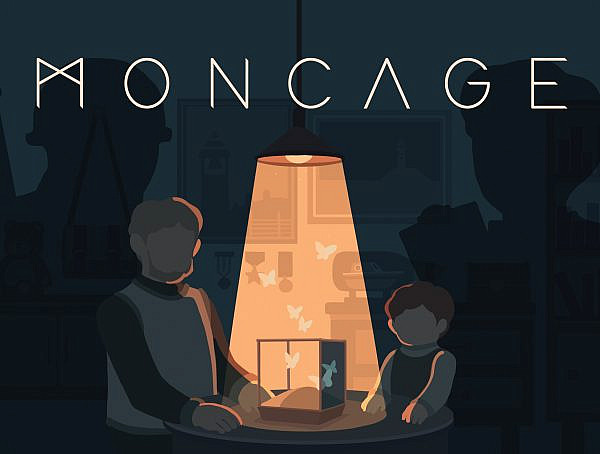Archaeologist Andrew Reinhard studied No Man’s Sky (2016) by Hello Games using methods of archaeology to find how similar found human behavior was to that of the real world. The game contains a vast universe comparable to our own and has had a popular community of player-built bases called the Galactic Hub, which the study focused on. Patches to the game have caused previously habitable planets to become uninhabitable, leading to migration. Researching behavior that resulted from this was the first objective of the study. Results showed that the reactions of players were calmer and more organized compared to people facing crises in the real world, as the stakes were lower and there was no real danger to the people themselves. Unlike in a real crisis, there was no need for people to fight for their lives. Still, the loss of their creations caused sadness and a sense of loss in players, and many longed to return to their old bases.
Another important research question of the study was: how much did the archaeological approach of human occupation in the virtual world differ from that which focuses on the real world? An important distinction that affected the approach was that the examined objects were merely digital constructions instead of actual homes, which meant that examining human settlements meant very different things in these two contexts. The game that is archaeologically examined defines the tools that can be used, and No Man’s Sky provided a relatively realistic environment with the existence of human populations and the possibility of creating dig sites that were used to uncover buried buildings. Lastly, the importance of archiving similar digital data was highlighted in the study: games and platforms shutting down means that a lot of culturally and artistically precious data can be lost suddenly and unexpectedly.
The methods used in the study were partly similar to real-world tools, as many actions an archaeologist would take were possible with No Man’s Sky, but the game environment also created some additional challenges. Finding the popular player hub was important in a universe with mostly uninhabited planets, but required the use of websites and external tools to find the relevant coordinates. When an abandoned settlement was found, different kinds of maps were drawn to show landscape features, buildings, and distances. Additionally, photographs and videos were taken with the PlayStation 4’s share options as well as with the game’s Photo Mode. The excavation of buried buildings was possible with an in-game tool, the Terrain Manipulator, which lets players freely dig the ground. Field reports were written, which contained information on the site, base, surrounding landscape, and the planet. Finally, communication stations found near settlements were important, as they were buildings that could contain a written message from a base’s creator or visiting players and therefore provided valuable oral history.
Reinhard, A. (2021). Archeology of Abandoned Human Settlements in No Man’s Sky: A New Approach to Recording and Preserving User-Generated Content in Digital Games. Games and Culture, 16(7), 855–884. https://doi.org/10.1177/15554120211005236
Header: Promo picture from the game, https://store.steampowered.com/app/275850/No_Mans_Sky/
You might also like
More from Game Research Highlights
How do you want to do this? – A look into the therapeutic uses of role-playing games
Can playing RPGs contribute positively to your wellbeing? A recent study aims to find out how RPGs are being used …
Eldritch horrors and tentacles – Defining what “Lovecraftian” is in games
H.P. Lovecrafts legacy lives today in the shared world of Cthulhu Mythos and its iconic monsters. Prema Arasu defines the …
Are Souls Games the Contemporary Myths?
Dom Ford’s Approaching FromSoftware’s Souls Games as Myth reveals the Souls series as a modern mythology where gods fall, desires …















